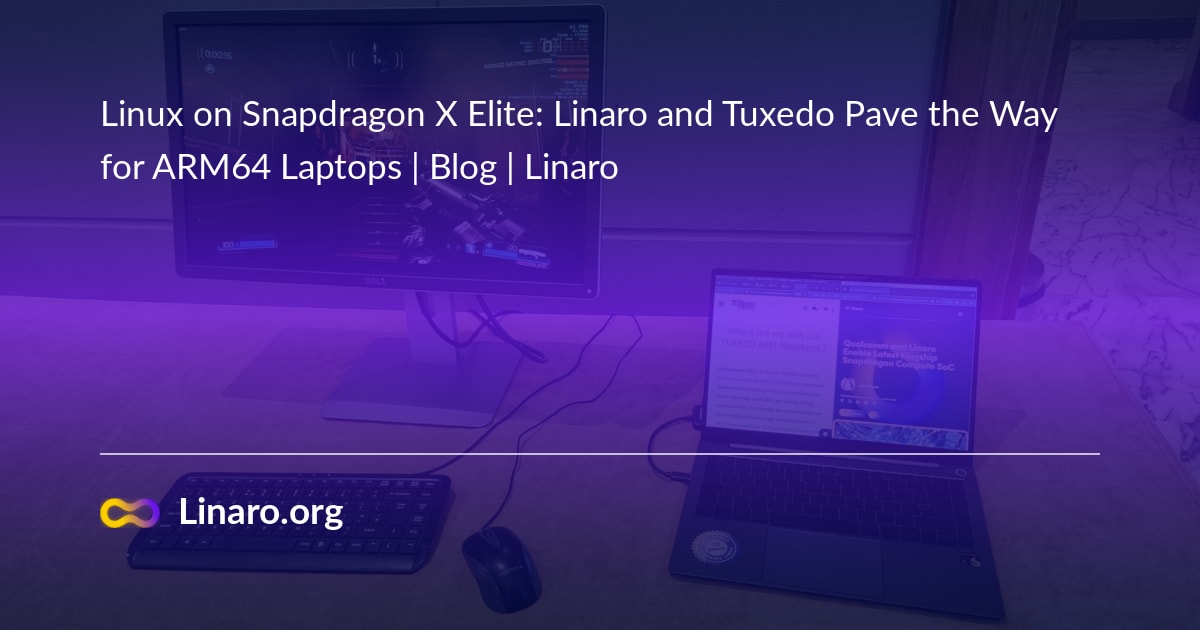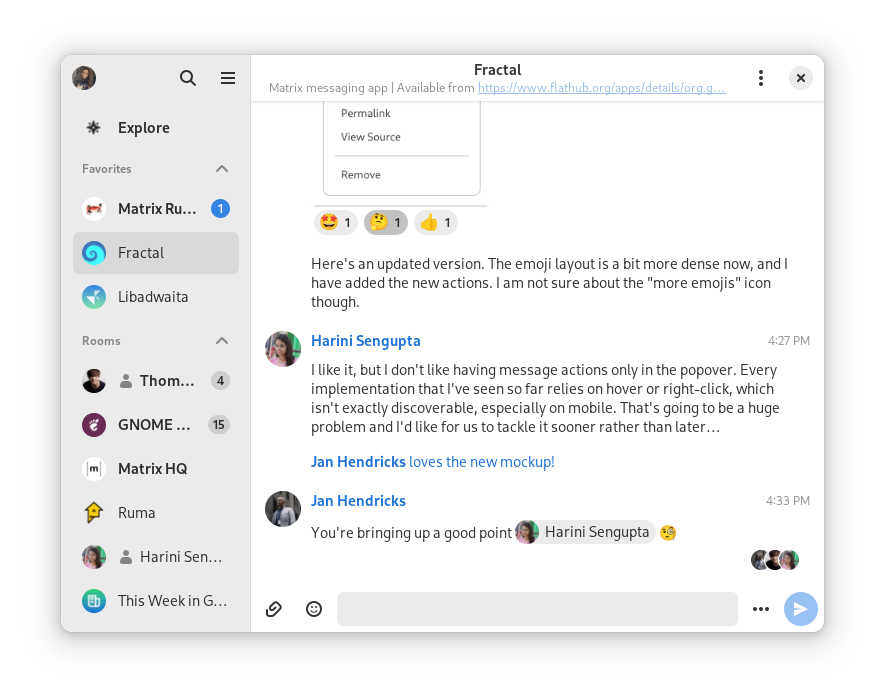- 33 Posts
- 54 Comments
There is a project called Example Suite, which is meant to be a CC0 template for building other games upon it.
But I am not aware of any other from-scratch games made for OpenMW. There are quite a few total conversions, but those all use some of Morrowind game files.

 10·3 months ago
10·3 months agoYUNOHost iso is basically just Debian, but the one-click-install for various self-hosted things is it’s primary purpose. All done through web interface.
cool idea
concept somewhat reminds me of OpenDesk
https://en.wikipedia.org/wiki/Opendesk
Which I know about because it uses the same name as https://opendesk.eu/en/ , which I am actually interested in.
https://gitlab.opencode.de/bmi/opendesk/gitlab-profile/-/blob/main/README_EN.md

 3·4 months ago
3·4 months agoIt does work, I have been using it for a long time now in context of my interest of using a phone as a PC.
https://xdaforums.com/t/phone-as-a-pc.4633441/Thing is that with just termux, you get just the android/termux environment.
There is a way to get more familiar Linux environments running on your phone by using proot from within termux.
https://wiki.termux.com/wiki/PRoot
For example, using that you can install ARM version of Manjaro, which is basically the same thing that you would run on Raspberry Pi.
But everything in there runs a bit slower, because Proot is some layer that takes up a bit of performance.
Benefit of that is that you can run some Linux software that is not found within Termux packages, but is available in the repositories of other distros. Libreoffice is one such example.

 2·4 months ago
2·4 months agoLineageOS 22.2 (on FP4) does not seem to have that option yet.
At least, it is not listed in the developer options.
You can find it if you tap on the search button within developer options (or just general settings, as that also includes results from developer options) and type “terminal” or “linux”.
The(Experimental) Run Linux terminal on Androidresult shows up.
But after you tap on that, you see that toggle is greyed out. Can’t be enabled.I am interested in getting that to work, so any help is appreciated.
There is hopefully some ADB command or something that forcefully enables Linux environment.
Make an app that guides users when folding the phone

 11·5 months ago
11·5 months agoSupposedly Google would have better time taking care of just one consumer OS instead of two, so Android is getting some PC features so that it will be able to replace ChromeOS in the future.
StackOverflow says that it can be done by editing xrdp.ini:
https://askubuntu.com/questions/133343/how-do-i-set-up-xrdp-session-that-reuses-an-existing-session#360835Is there a specific reason for choosing RDP?
VNC is the most common protocol in Linux. And RustDesk is also a good, more advanced alternative.
ah yes, that, wormhole.app, that is closed source. (but if I am reading this correctly, some early iteration of it is open source. https://github.com/saljam/webwormhole )
Magic wormhole is a different thing.
can you link to the post that claims the protocol is not open? I’m interested in looking into that
anyway, source for the magic wormhole can be found here: https://github.com/magic-wormhole/magic-wormhole which also links to both the Mailbox code and the Transit Relay code.
While others already pointed out the similarity to persistent LiveUSB, I would argue that this also feels a bit like Android desktop modes, like Samsung Dex.
yes, valid point, thank you for the correction
As jet points out, QEMU for actual hardware virtualisation.
There is one relevant thing, which is not exactly in the same category, but does somewhat similar thing:
containers
most popular example being Docker
https://en.wikipedia.org/wiki/Containerization_(computing)
containers don’t emulate whole hardware stack like virtual machines do, they just run the guest OS on top of host OS.
so because they don’t put resources towards emulating hardware, they are much more resource efficient.
so if your problem is “I’m running Fedora but I want to run something that for some reason runs just on Ubuntu”, then you could use containers for that.
containers are mostly used in headless environments (as in servers, no GUI), so running and displaying desktop Linux inside them is a bit tricky, but it can be done.
Lemmy is not like Reddit, you can edit the title even after the post was made.
Also, the latest release of Linux Mint is Xia:
https://www.linuxmint.com/download_all.php
https://en.wikipedia.org/wiki/Linux_Mint#Release_history

 23·7 months ago
23·7 months agoindirectly forces you to buy wireless earphones
USB-C wired headphones exist
edit: lol, replied too quickly. You mention wired headphones in the next sentence.

 44·7 months ago
44·7 months agoI think that the insistance on headphone jack has gone too far.
There are now enough wired USB-C headphones and wireless earbuds available.
Yes, there are edge cases, like people who work in audio industry where most equipment uses jack as standard connector, or car aux ports, etc.
But when it comes to most casual listening, there are enough solutions.When migrating to the new phone I tried with USB-C to 3.5 adapter. It did not work most of the time. I suspect that the issue was in my somewhat defective headphones, which have damaged wire and therefore unreliable connection.
Previous phone and other devices were probably able to mitigate the occasional “disconnect”, while the adapter completely dropped connection.But then I bought USB-C headphones, which work fine.
Termux + Termux-x11 + Proot for Linux software.
You can do it without Proot if all the software that you need is already in Termux-x11 repository.
SmartDock / Taskbar for Android applications.I made a relevant XDA thread some time ago.

 9·7 months ago
9·7 months agoLineageOS 22.1 on FairPhone 4

















My first Android phone was Motorola Dext, second one was HTC Desire Z, which I held on to for a long time. By the time I had to replace it, there were no slide-out keyboard phones any more.
Then some time later F(x)tek X1 Pro was released. Looked like a perfect phone for me, but was too expensive, so I did not get it. But now that it’s time is over as well, I look at the reviews and see that I did not miss much.
So now I am sadly on a glassy rectangle like everyone else, but I do carry a collapsable bluetooth keyboard around with me sometimes, so that I can still type some longer text in a proper way.
Also, I solved my no-headphone-jack issue by getting USB-C headphones. And there are USB-C to 3.5 jack adapters if you need to connect existing headphones or other equipment. So I don’t really get how this “I miss a hole” is everywhere and lasts for so long.